General
Origins
Pastel goth emerged sometime in the 2000s, blending together Japanese kawaii1 (cute) fashion with traditional gothic fashion.
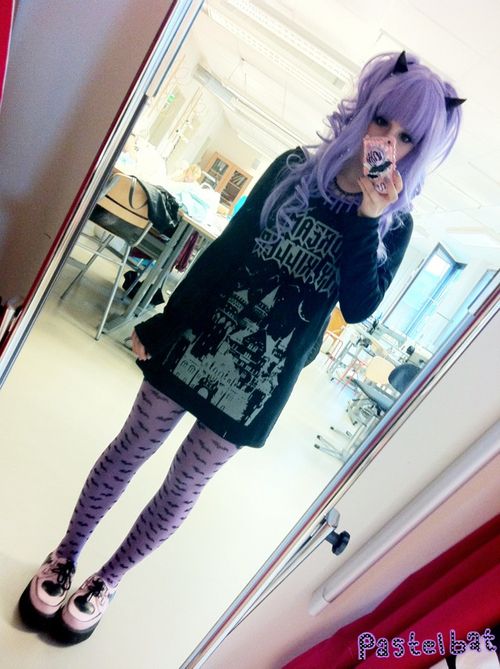
As the subculture gained popularity in the 2010s, especially on social media platforms like Tumblr and Instagram, people exercised the nuances and complexity of gothic fashion through pastel goth, pairing typical dark gothic articles (such as chokers or spiked jewelry and clothing) with more feminine garments (roses, bows, makeup) to create a simple yet effective outfit.

Identification
Imagery & Common Elements
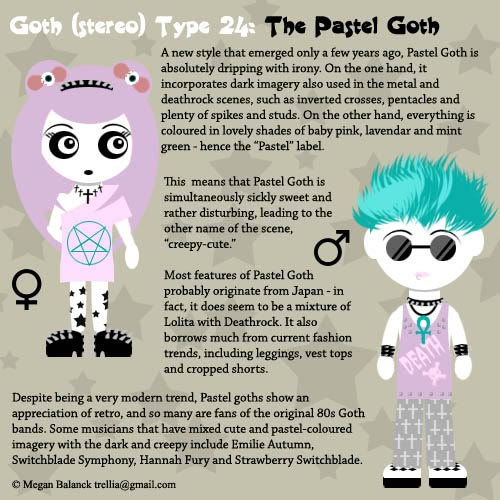
Pastel goth is a blend between a traditional gothic style with more kawaii traits. While there is no one way to style pastel goth, there are some staple accessories and apparel that make pastel goth easier to differentiate from other subcultures:
As the name suggests, pastel goths are known for their soft and colorful color palettes. From baby pink sweaters to purple leggings, it's impossible to have a pastel goth outfit without such colors. Most pastel goths have dyed hair which helps achieve the look, even in an all-black getup.
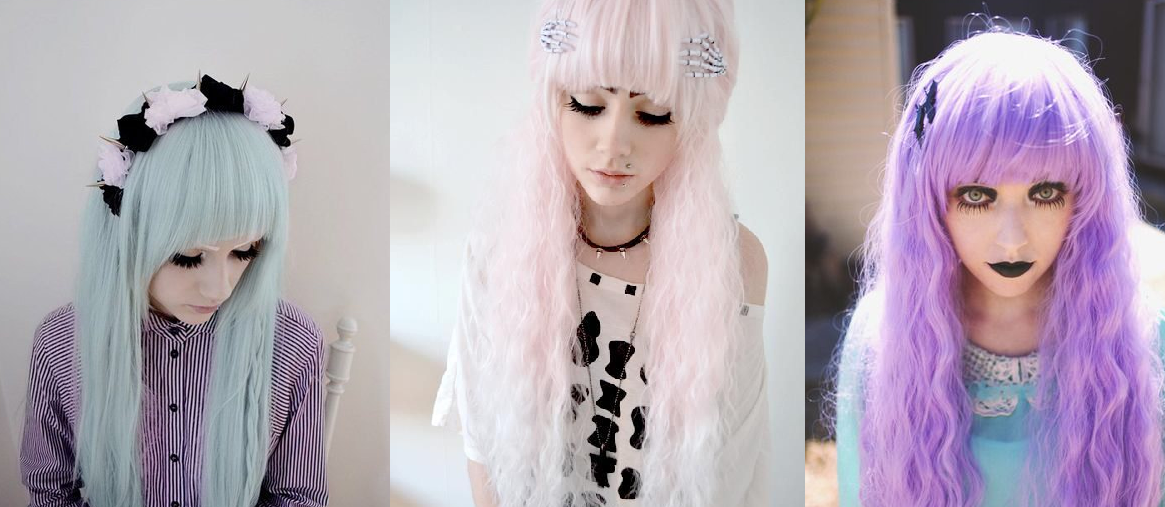
Since the look stems from Japanese alternative scenes, it has many similar elements to yami kawaii, a subculture which emphasizes dark themes such as mental health or medicine as well as, of course, being cute. Despite the similarities, most yami kawaii figures often dress much more sophisticated and chaotic than pastel goth, with chains, masks, ribbons, decorative hair clips, etc.

Nonetheless, as creepy stuff crosses into goth territory, pastel goths adorn similar elements with eyeballs, pills, and other disconcerting subjects, while a simple cross is more or less viewed as a staple in pastel goth fashion.
Some popular icons and imagery in pastel goth fashion include: pastel colors, skulls, roses, fishnets, spikes, lace, crosses, galaxy print, medical equipment, hearts, unicorns, as well as many popular characters, such asGloomy Bear![]() , Pusheen
, Pusheen![]() , Sailor Moon, and many others.
, Sailor Moon, and many others.
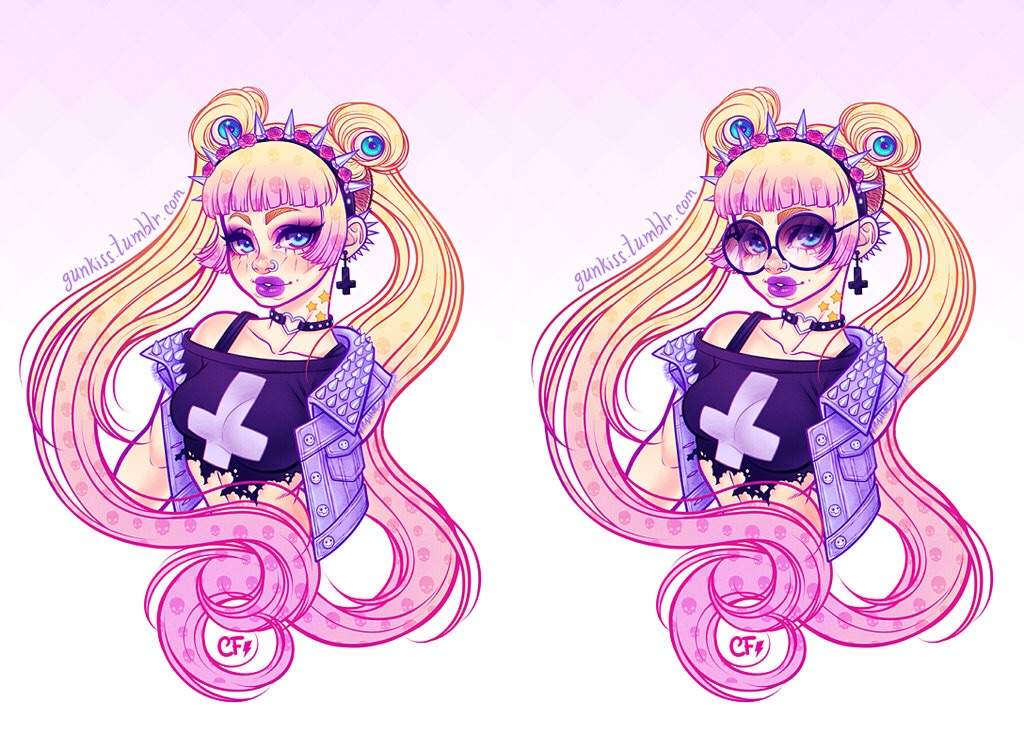
Music
Most alternative subcultures are accompanied by their respective musical genres. Although many pastel goths listen to vaporwave or lofi-esque artists, like old Joji or George Clanton, there is no music genre out there that can necessarily be considered the "pastel goth genre," at least not to the same level as post-hardcore being the "emo genre."
On the other hand, there are plenty of forums and posts out there made by pastel goths (or aspiring) in which they discuss music tastes. For example, this Reddit thread on r/pastelgoth made by u/bingbong_m3 discusses the many different kinds of artists pastel goths listen to.
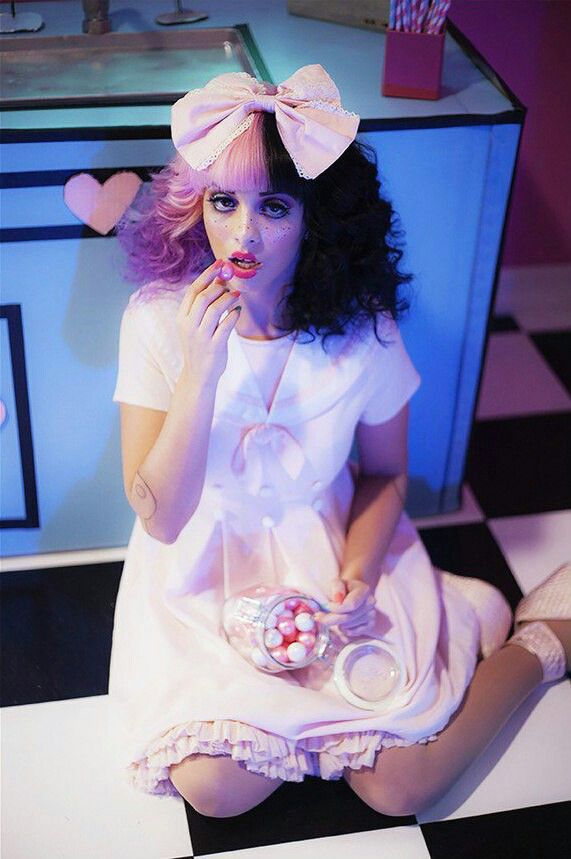
Additionally, numerous artists dressed in a style that could be considered pastel goth or adjacent, especially in the 2010s as the style became more widespread. Melanie Martinez, Poppy, Jazmin Bean, and other feminine artists are known for their taste in pastels and uncomfortable subject matter.

Summary
Pastel goth was a fashion scene that dabbled in dark themes mixed with cuteness, as it stemmed from Japanese kawaii subcultures. It was popular in the 2010s, inspiring artists such as Melanie Martinez, but has since died down and is rare to see. This style is categorized by its titular pastel colors as well as its dark gothic imagery and elements, such as crosses, eyeballs, blood, and lots of black.
Superscripts
1 Kawaii, noun or adjective — Meaning "cute" in Japanese, this is an umbrella term for many subcultures which emphasize cuteness, vulnerability, and/or childlike charm.
disclaimer: community contributed content

